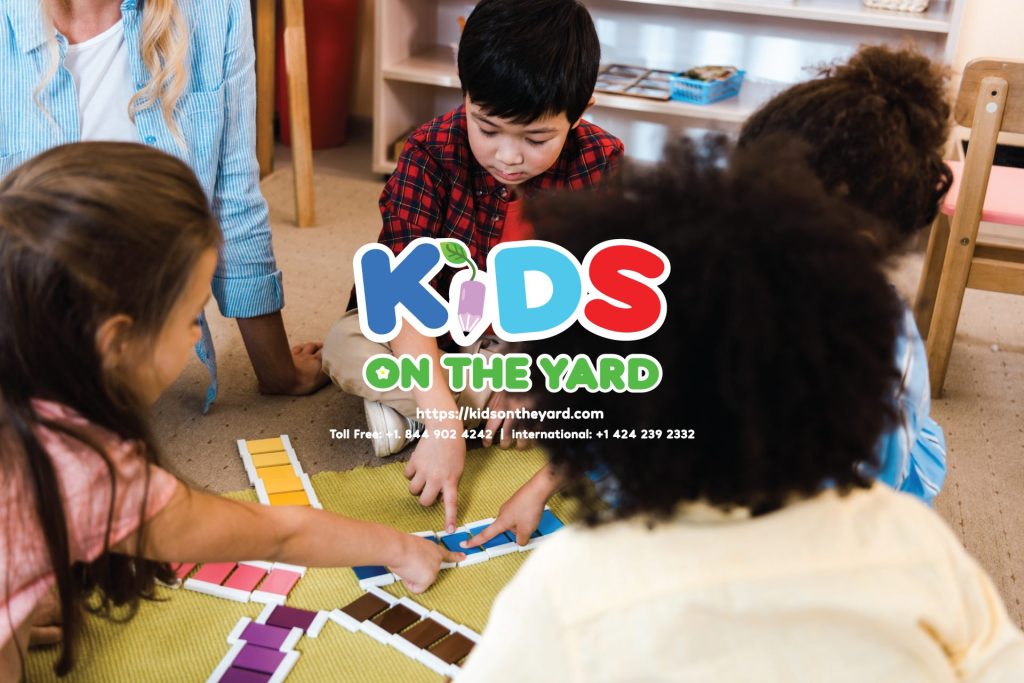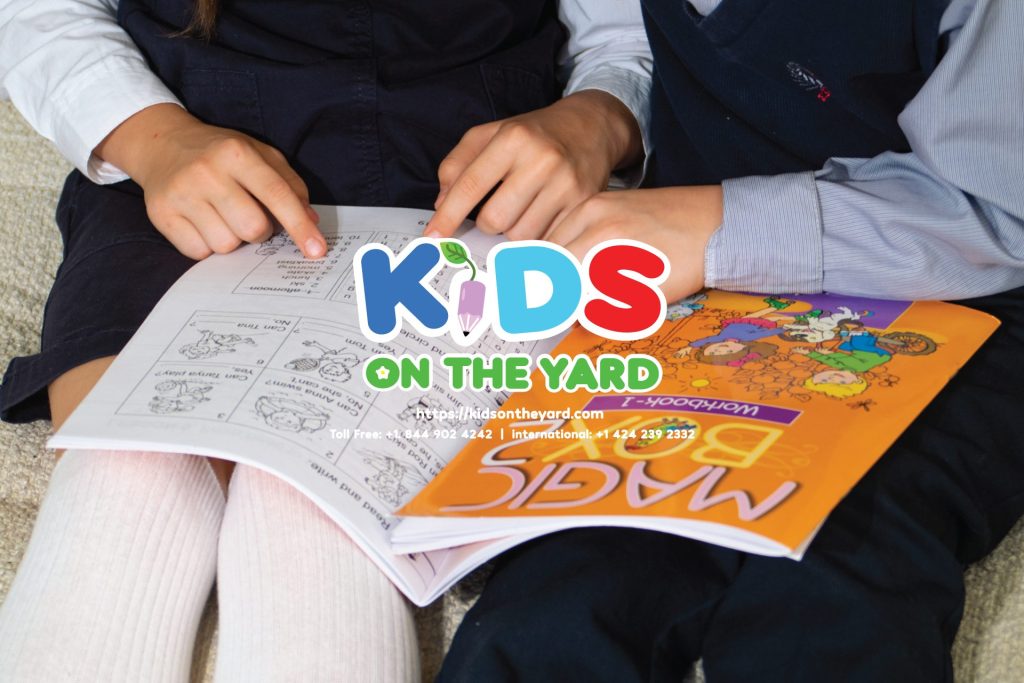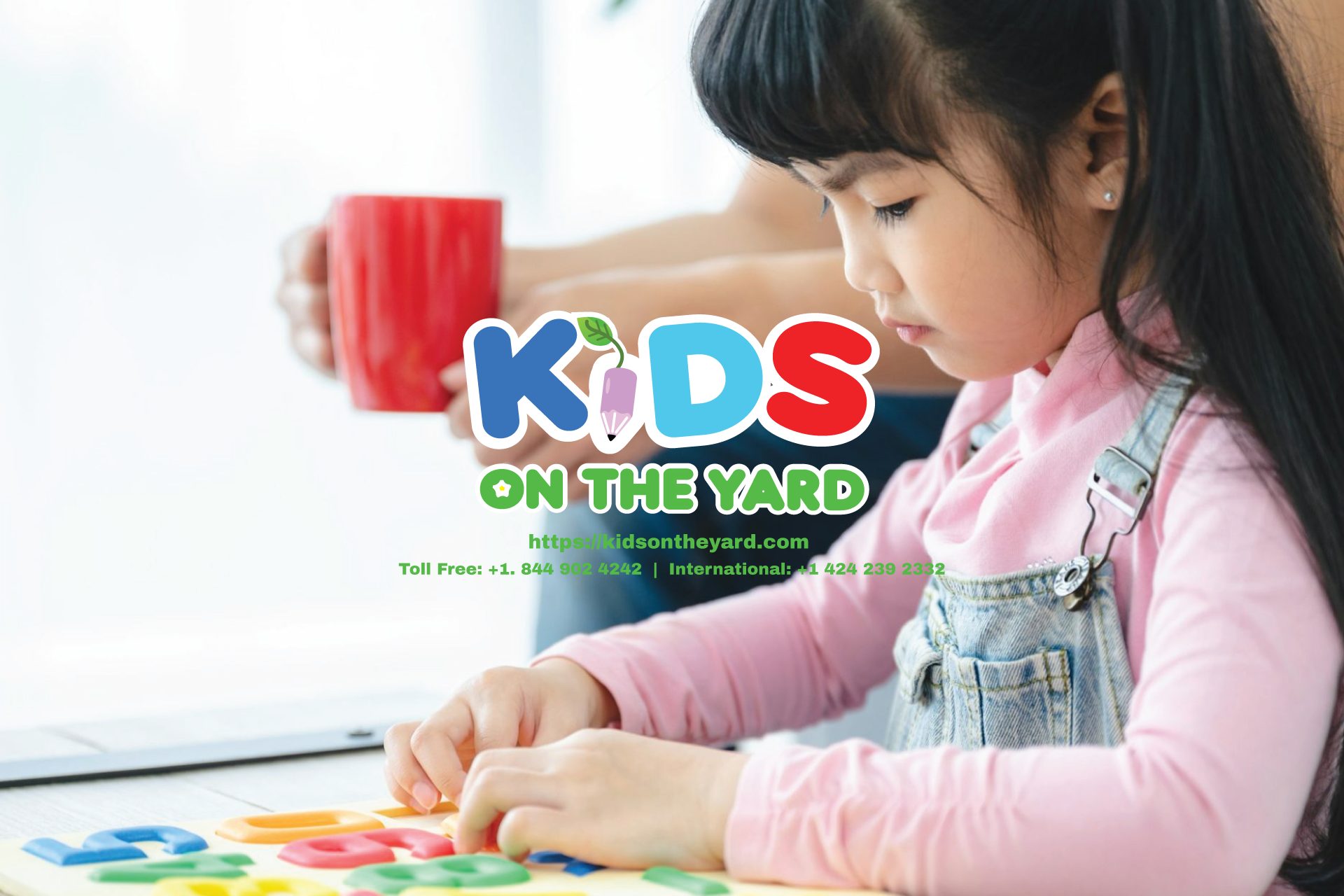|
Audio Article
|
Through interactive platforms, arts and crafts, and storytelling, math acts as a bridge into the realm of arts, linking the logical and imaginative parts of the brain.
At Kids on the Yard, we believe learning should inspire a transformative journey of growth and discovery for every child. In this article, we’re excited to highlight creative ways to make math fun and interactive, helping your child take one step closer to embarking on an exciting learning journey rather than a challenging trek.
Games and Interactive Platforms
Interactive platforms like 99Math revolutionize math learning for kids by turning it into a thrilling adventure. These platforms feature games, vibrant animations, and rewards that keep kids engaged and motivated to conquer new challenges.
On 99Math, kids play competitive games instead of memorizing multiplication tables. They solve math problems in real-time battles against peers, aiming for high scores. This turns regular math drills into exciting games, igniting a spark of excitement in young learners.
Prodigy Math is another interactive platform that presents math in a game-like format. It’s designed as a math-powered RPG (Role-Playing Game) where solving algebra advances the character and unlocks new levels and quests. This makes practicing math feel less like work and more like a quest for treasure.
Math Game Time offers a range of games that present math problems wrapped in fun scenarios. From pirate adventures to cooking challenges, kids encounter various contexts that keep them engaged and learning without even realizing it.
Use Printable Number Line Worksheets to make math hands-on and relatable. These tools create a tactile experience where kids physically jump forward or backward on the number lines, embodying the calculations. Number Line Mats can be used at home to turn math time into a family event, creating a shared, enjoyable learning experience.
Interactive and personalized platforms significantly change how kids perceive and engage with math. The shift from static lessons to dynamic activities breathes life into math education, building confidence and motivation for a brighter academic future.
Related: Kindergarten Math Games
Real-Life Applications and Math Activities
Embedding math into everyday life can dramatically change a child’s perception of the subject. The real world is full of math problems waiting to be solved, and these opportunities are abundant and diverse.
A simple trip to the grocery store can be a treasure trove of math exercises. Kids can:
- Weigh fruits and vegetables
- Compare weights
- Calculate costs
- Estimate the total cost of the shopping list
- Track spending
- Tally up discounts
This real-world practice enhances their math skills and fosters critical thinking and decision-making.
Cooking is another excellent avenue for practicing math. Recipes are like built-in math problems where kids can measure ingredients, practice fractions and multiplication, and even learn about ratios and division when doubling or halving a recipe.
A math adventure can also be turned into a road trip game. Kids can calculate the distance between destinations, estimate arrival times by adjusting for travel speed, and keep track of mileage. These activities subtly introduce concepts like rate, time, and distance in a fun and interactive way.
At home, engaging kids in budgeting their allowance can introduce financial literacy, teaching them the value of money, budgeting, and even basic accounting. Board games like Monopoly or educational ones like Math Bingo integrate mathematical concepts in fun and immersive ways, encouraging strategy, probability, and arithmetic.
Incorporating math into daily conversations, such as discussing travel times or deciphering patterns in daily routines, can make math feel natural and enjoyable. Gardening can also be math-rich, involving planning garden layouts, calculating areas, graphing plant growth, and recording data.
By weaving math into everyday life, children see it not as an abstract challenge confined to textbooks but as a useful tool in their everyday world. This real-world application helps demystify math, building a sense of competence and enthusiasm to bolster their academic journey and beyond.
Hands-On Projects and Craft-Based Learning
Hands-on projects and craft-based learning can solidify math concepts in a tangible, creative way for children. Arts and crafts are powerful tools that turn abstract math ideas into real-world, manipulable experiences.
Building shapes with craft sticks engages a child’s fine motor skills and introduces them to geometry. As they construct squares, triangles, and hexagons, they learn about the attributes of these shapes—sides, angles, and symmetry. Providing playdough to press into crafted shapes can add another layer of tactile feedback, reinforcing the concepts with texture and touch.
Creating number lines can also be a craft project using colored paper strips, stickers, and markers. Children can personalize these, making them more likely to engage and remember the numbers. As they craft, they’ll encounter key math skills like sequencing and skip counting.
Constructing math games, such as a board game made from cardboard and markers where each space requires solving a math problem to proceed, blends play and learning, making math less intimidating and more of an adventure. Children get a sense of ownership and pride in creating something from scratch that they and their peers can enjoy.
Building a “math city” using recycled materials like cardboard boxes allows children to create structures representing different math challenges. For example:
- A supermarket might involve math problems related to budgeting and pricing
- A post office could involve sorting shapes and learning about measurements
Pattern-making with beads, buttons, or pasta engages children in recognizing and predicting sequences—a foundational skill in mathematics. Seasonal crafts, such as estimating and counting seeds in a pumpkin or creating symmetrical snowflakes, tie cultural events to math learning.
When children manipulate objects, they gain a deeper understanding of math principles. In this case, math acts as a bridge into the realm of arts, linking the logical and imaginative parts of the brain.

Storytelling and Creative Writing in Math
Integrating stories and creative writing into math instruction is a powerful technique to bridge the gap between abstract ideas and tangible understanding. Math isn’t just about numbers; it’s a story unfolding in every problem, a narrative that can captivate young minds and make complex concepts more personal and understandable.
Weaving a tale where numbers become characters in an epic journey provides context for understanding mathematical concepts. For instance:
A story where brave Number 7 goes on a quest to find his missing friends, the Odd Numbers, who have been kidnapped by the villainous Even Numbers, delivers an exciting and memorable adventure that makes the math concepts stick.
By creating math-related stories, children can visualize mathematical scenarios and engage with the content on an emotional level. Transforming a typical word problem into a narrative, such as a story about Sally sharing her apples with a friend, makes the problem more engaging and relatable.
Children might write about building a treehouse and needing to measure the wood (introducing concepts of length and measurement) or organizing a treasure hunt where they distribute found coins evenly among friends (exploring division and equality). This activity encourages mathematical thinking, imagination, and language skills.

Exploring mathematical concepts through storytelling can also delve into the history of math, making it more interesting. Sharing tales of ancient mathematicians and their discoveries, or mythological stories that involve numbers and shapes, such as the labyrinth that Theseus navigated or the golden ratio celebrated in Greek architecture, adds depth to the subject.1,2
Creative writing in math isn’t limited to traditional narratives. Poetry, too, can play a role. Haikus about shapes, couplets about counting, or limericks about lengths and measures can bring a playful spin to mathematical concepts.
The beauty of integrating storytelling and creative writing in math lies in its ability to connect logic with imagination, and computation with creativity. By doing so, we nurture children’s ability to approach problems holistically, see the narrative in numbers, and appreciate math as a vibrant part of human culture and daily life.
- Livio M. The Golden Ratio: The Story of Phi, the World’s Most Astonishing Number. Broadway Books; 2003.
- Pappas T. The Joy of Mathematics: Discovering Mathematics All Around You. Wide World Publishing; 1989.
How can games make math enjoyable for kids?
Games like 99Math and Prodigy Math turn math into an exciting adventure by incorporating competitive challenges, rewards, and engaging storylines. For example, kids solve problems in real-time battles or progress through quests by solving equations, transforming traditional drills into immersive experiences.
What are some platforms for interactive math learning?
99Math: Competitive, real-time math games.
Prodigy Math: A math-powered RPG where solving problems unlocks levels and quests.
Math Game Time: Offers themed games like pirate adventures or cooking challenges.
How do printable number line worksheets help with math learning?
They create a hands-on experience by allowing kids to physically interact with math problems. For instance, jumping forward or backward on a number line reinforces addition and subtraction. Number Line Mats can also turn math into a fun family activity.
How can parents incorporate math into daily life?
Grocery shopping: Compare weights, calculate costs, or track discounts.
Cooking: Practice fractions and ratios when measuring ingredients or adjusting recipes.
Road trips: Estimate travel times or calculate distances.
Budgeting allowances: Teach financial literacy, basic accounting, and budgeting.
What hands-on projects make math interactive?
Building shapes with craft sticks: Introduces geometry through tactile play.
Creating number lines with craft materials: Reinforces sequencing and counting.
Constructing math board games: Combines creativity with problem-solving.
Math city projects: Use recycled materials to create structures like supermarkets (budgeting) or post offices (measurements).
How can arts and crafts teach math concepts?
Projects like making symmetrical snowflakes or patterning with beads teach foundational math skills such as symmetry and sequencing, blending creativity with logical reasoning.
How can storytelling enhance math learning?
Stories make abstract concepts tangible. For example, a tale about Number 7 rescuing Odd Numbers can illustrate math concepts while engaging a child’s imagination. Writing stories or poems about math topics also integrates language skills with numerical reasoning.
Can math history or mythology be included in learning?
Yes! Sharing stories about ancient mathematicians or myths, such as the golden ratio in Greek architecture or Theseus and the labyrinth, can make math culturally rich and engaging.
What role does creative writing play in math?
Creative writing allows kids to explore math concepts through narrative, poetry, or problem-solving scenarios. For instance, a child might write about dividing treasure among pirates, turning division into a relatable and fun story.
Why is integrating math into daily life effective?
It demystifies math by showing its practical uses. Kids learn that math is not just a subject but a useful tool for solving real-world problems, building confidence, and fostering enthusiasm.


